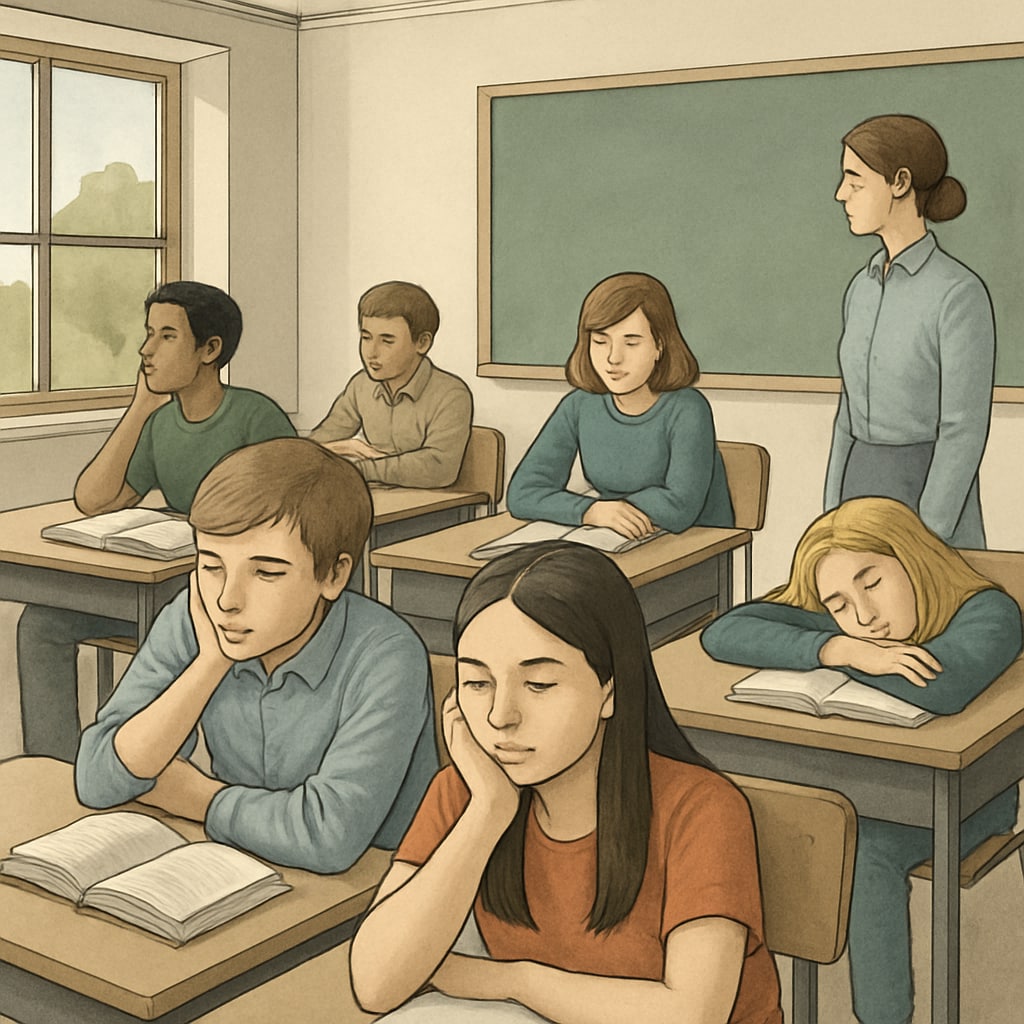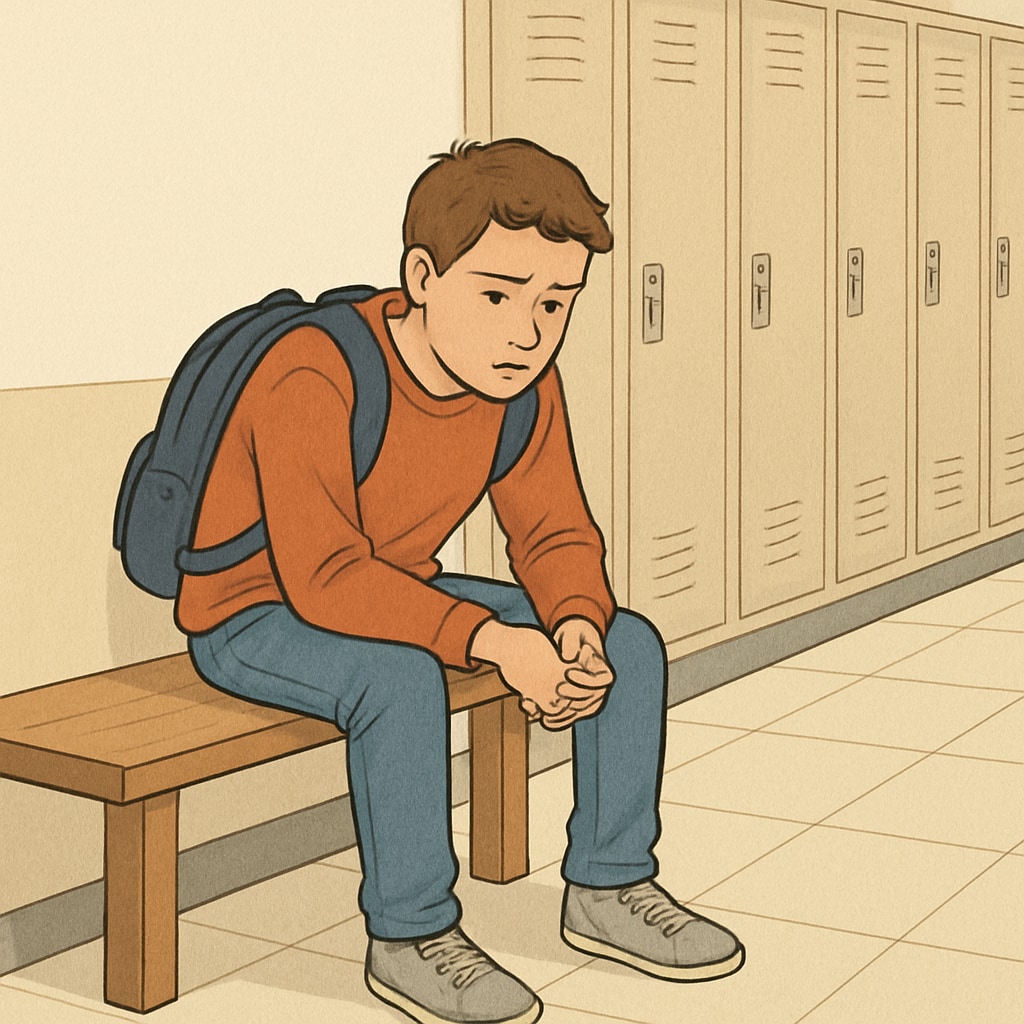Across cultures and educational systems, “student boredom” has become a pervasive issue in K12 education. Studies focusing on student experiences, including cross-cultural research, reveal that boredom is not limited to particular regions or socioeconomic backgrounds—it’s a universal challenge. This silent epidemic threatens not only academic success but also the overall development of learners. In this article, we will explore the root causes of boredom in classrooms, examine its impact on students, and propose actionable strategies to address this overlooked issue.
Understanding the Causes of Student Boredom
Boredom in the classroom can stem from a variety of factors, ranging from outdated teaching methods to an inability to connect curriculum materials with students’ interests. For example, rigid lecture-based approaches often fail to capture students’ attention, while overemphasis on standardized testing leaves limited room for creativity and exploration. According to a report published by the National Center for Education Statistics (NCES), nearly 39% of students in U.S. high schools report feeling bored during class on a daily basis.
Additionally, the lack of student autonomy and relevance in educational content exacerbates the problem. Many students struggle to see how classroom lessons apply to their lives or future careers. As a result, disengagement grows, creating a cycle of disinterest that impacts academic performance.

The Effects of Boredom on Student Learning
The consequences of boredom are far-reaching. Academically, disengaged students are less likely to retain information, participate in discussions, or achieve high grades. But the impact doesn’t stop there. Emotional and mental health issues, such as increased stress and reduced self-esteem, can arise from prolonged periods of disinterest and frustration in the classroom.
Furthermore, boredom can lead to risky behaviors. Research from the University of Cambridge (Cambridge University) shows that students who frequently experience boredom are more likely to skip classes, disengage from extracurricular activities, and even drop out of school entirely. Addressing this issue is critical not only for academic success but also for building healthier, more confident young adults.

Solutions to Combat Classroom Boredom
To reduce boredom and promote engagement, educators can adopt several strategies:
- Interactive Teaching Methods: Replace passive lectures with active learning techniques, such as group discussions, hands-on projects, and gamified lessons.
- Personalized Learning: Tailor content to individual student interests and strengths, making lessons more relevant and relatable.
- Incorporating Technology: Use digital tools and apps to create dynamic, multimedia-rich learning experiences.
- Student Autonomy: Encourage students to choose topics or formats for assignments to foster a sense of ownership over their education.
- Focus on Real-World Applications: Connect lessons to real-life scenarios, careers, and global challenges to demonstrate the value of what they’re learning.
By implementing these strategies, educators can create a more engaging and stimulating environment that mitigates boredom and reignites students’ passion for learning.
Conclusion: Reimagining Education for the 21st Century
The issue of student boredom in K12 education is a global challenge that requires immediate attention. By understanding its causes and consequences, educators, policymakers, and parents can collaborate to create classrooms where students feel motivated, inspired, and connected. Ultimately, addressing boredom is about more than academic success—it’s about nurturing the next generation of curious, innovative, and confident individuals.
As educational systems evolve, prioritizing student engagement must become a cornerstone of future reforms. Let’s transform the classroom into a space where every student feels empowered to thrive.
Readability guidance: Use concise paragraphs and clear lists to summarize key points. Reduce jargon and ensure accessibility for a broad audience, while maintaining a professional tone. Incorporate transitional phrases to improve flow and readability.


